This from Larry Shapiro:
Northfield firefighters were called to 2050 Norfolk Road this afternoon (3/26/16) for a reported brush fire that was encroaching on a house. First arriving companies found smoke from the attic and requested a full Code 3 response before upgrading to a working fire Code 4 with visible fire in the attic. Automatic and mutual aid units included engines from Northbrook, Winnetka, and Glencoe, trucks from Glenview, Wilmete, and Northbrook, plus Highland Park Squad 33. The rear of the house was damaged along with the attic above the garage. The fire was out within 20 minutes of the initial call for service.
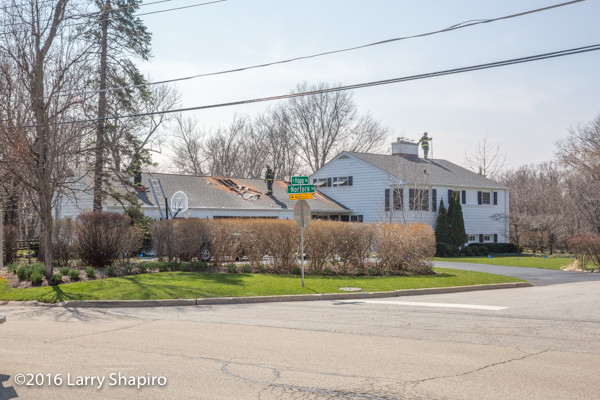
Larry Shapiro photo

Larry Shapiro photo
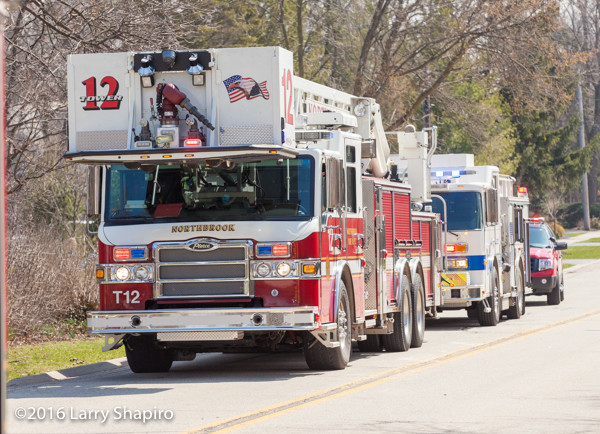
Larry Shapiro photo
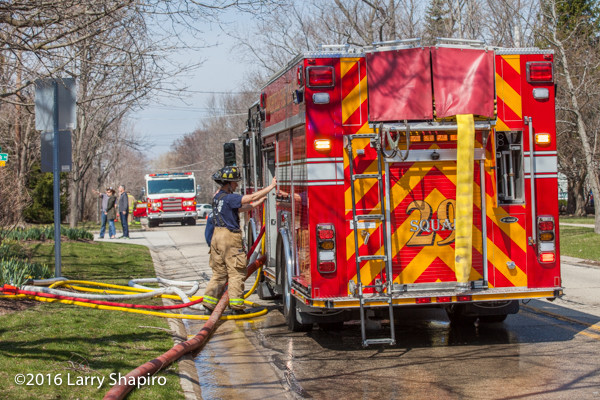
Larry Shapiro photo
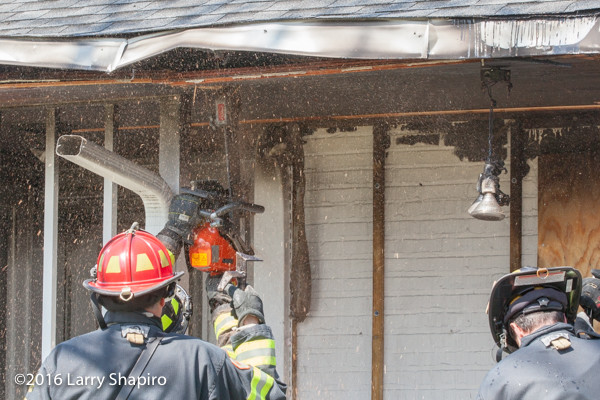
Larry Shapiro photo
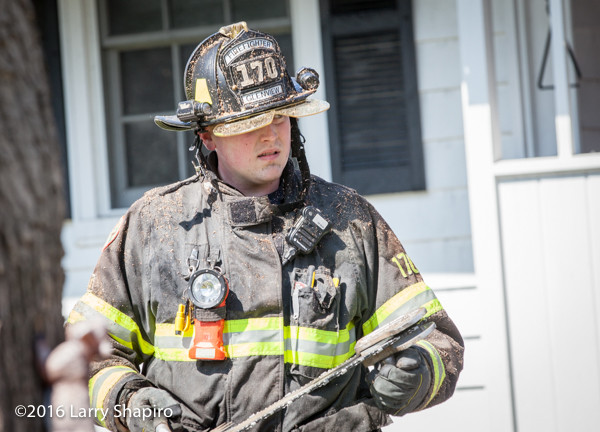
Larry Shapiro photo
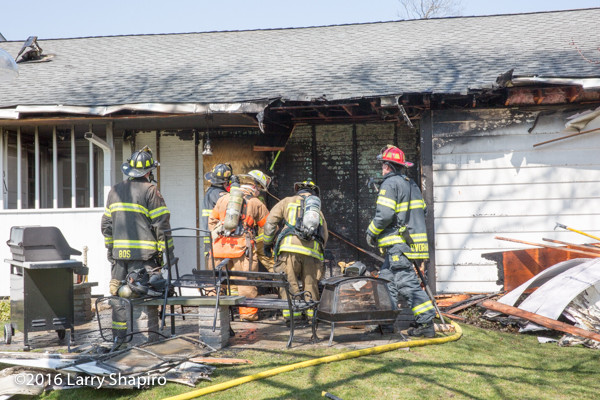
Larry Shapiro photo
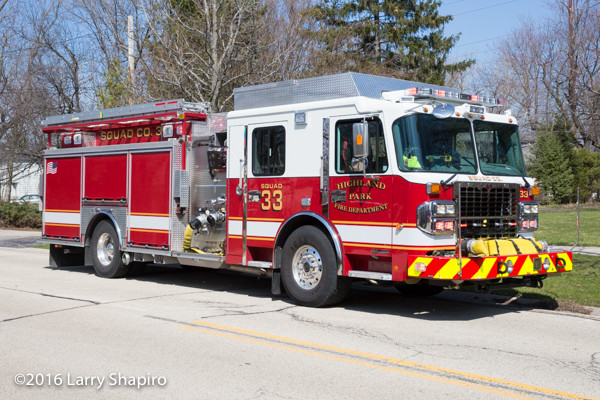
Larry Shapiro photo
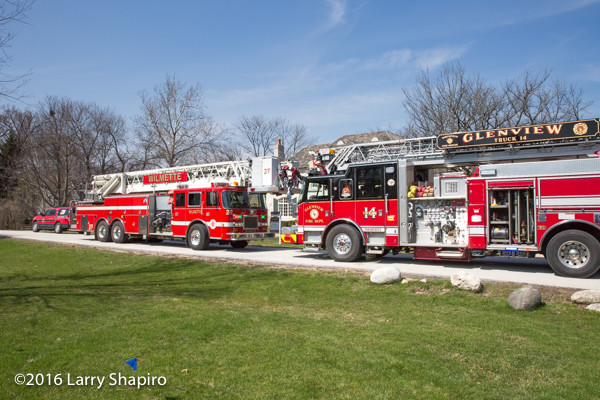
Larry Shapiro photo
More photos are at shapirophotography.net






























